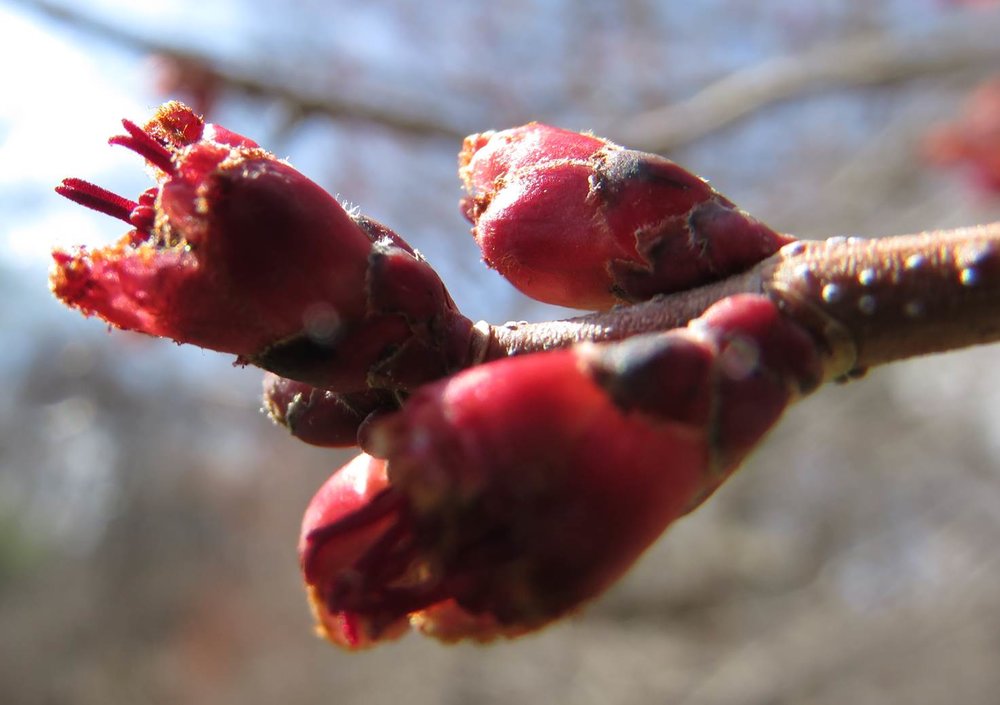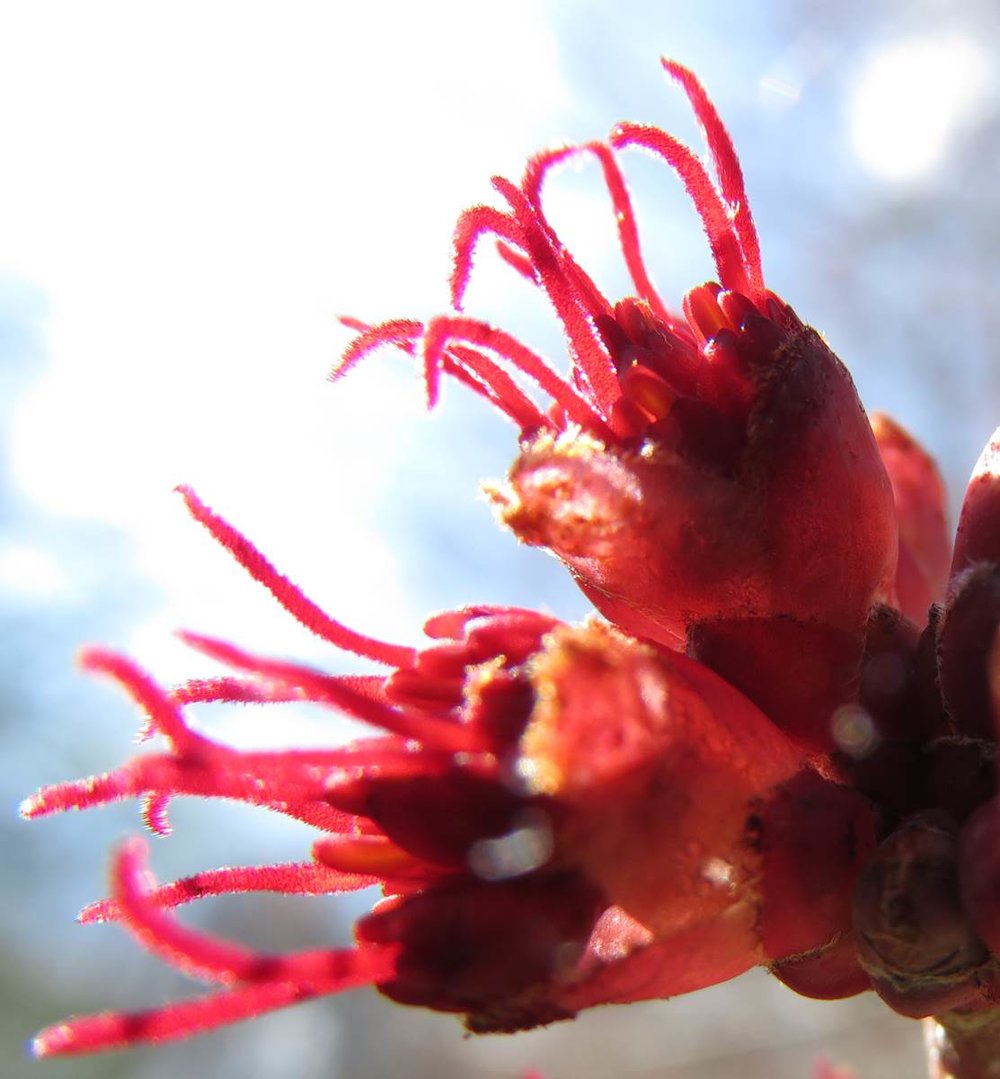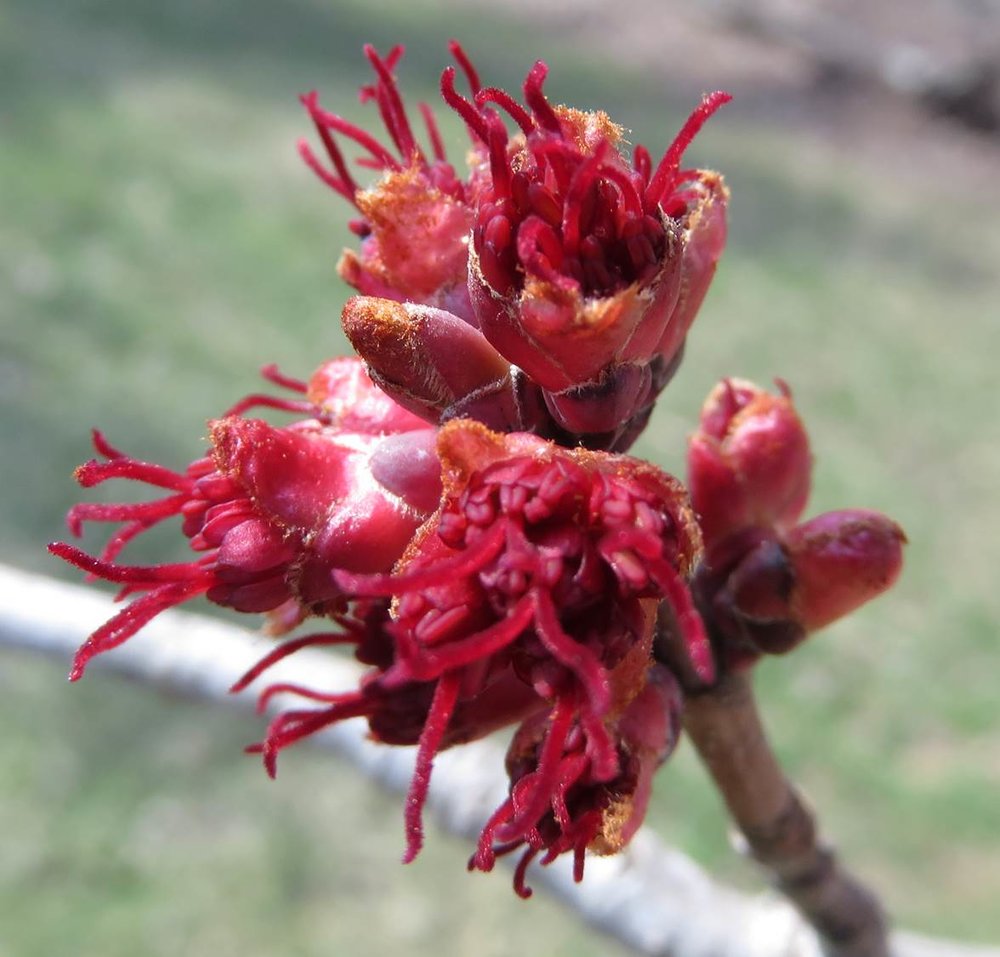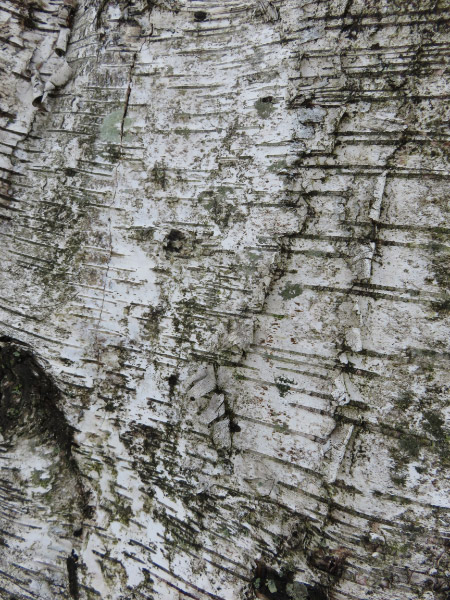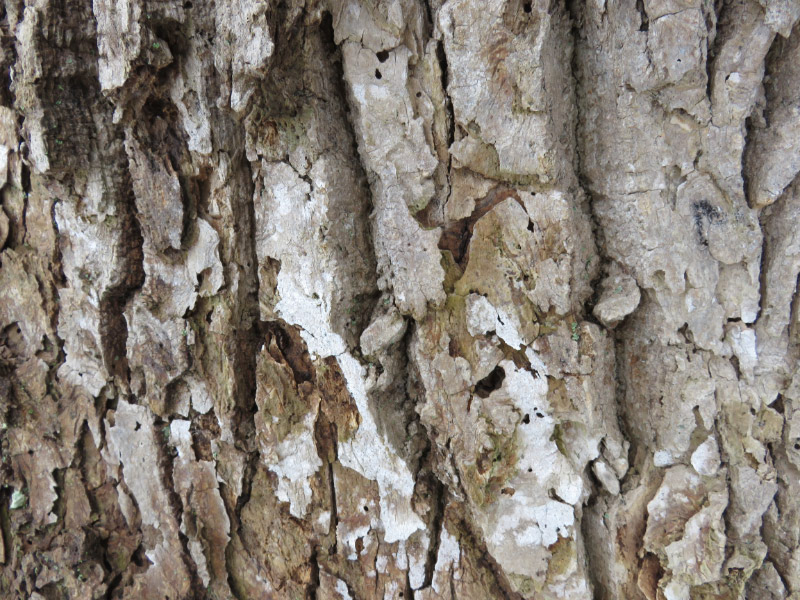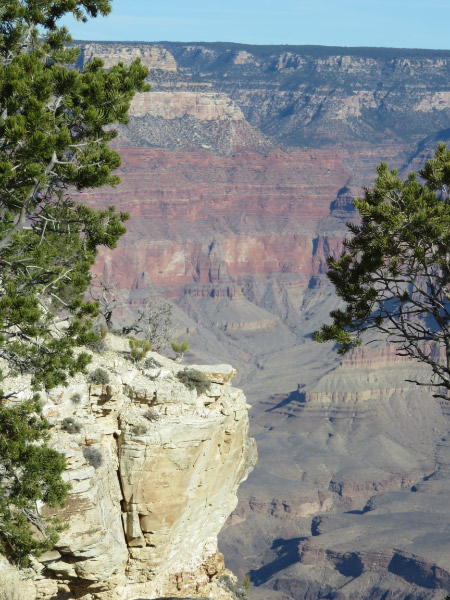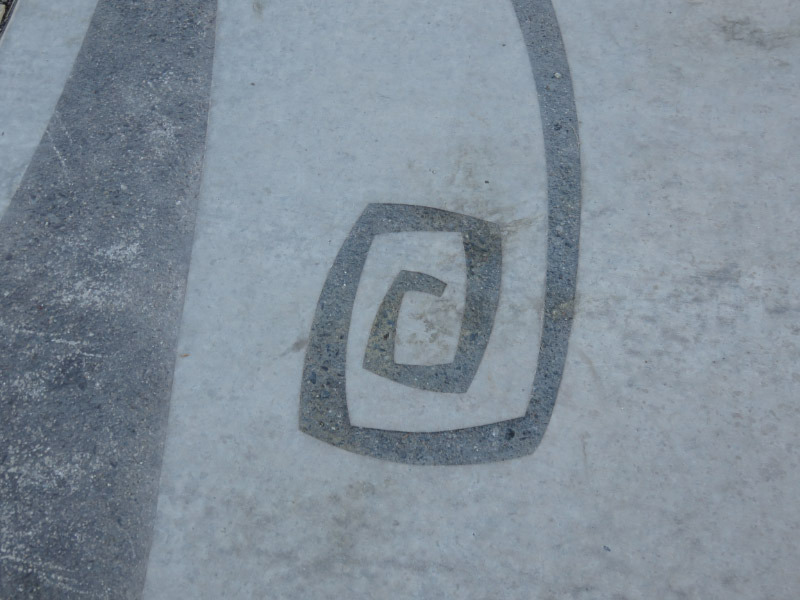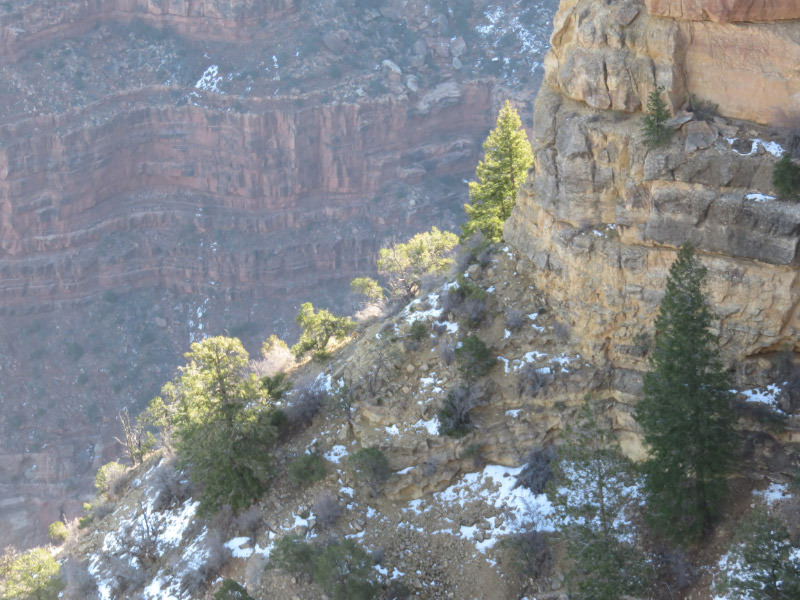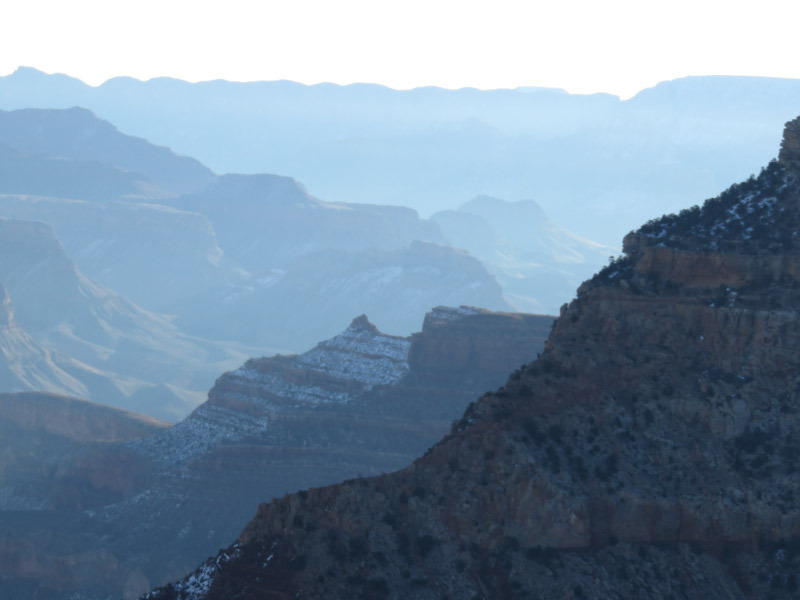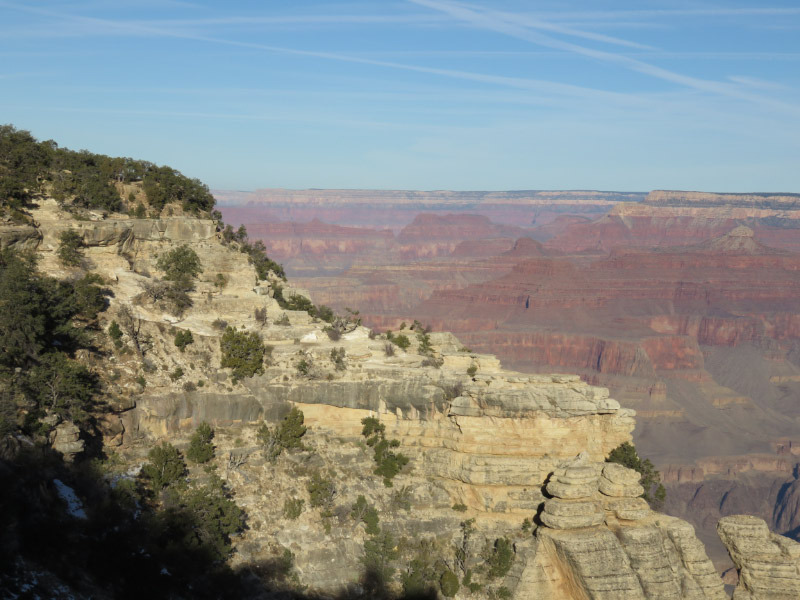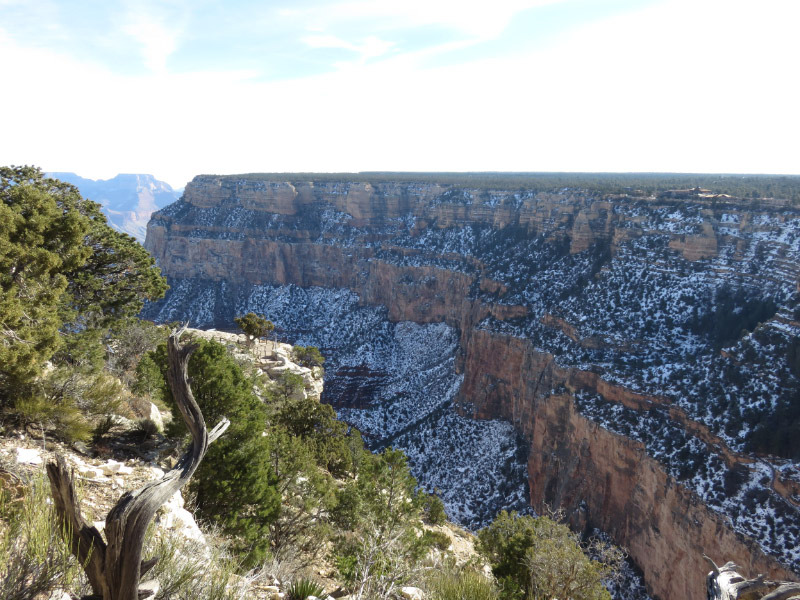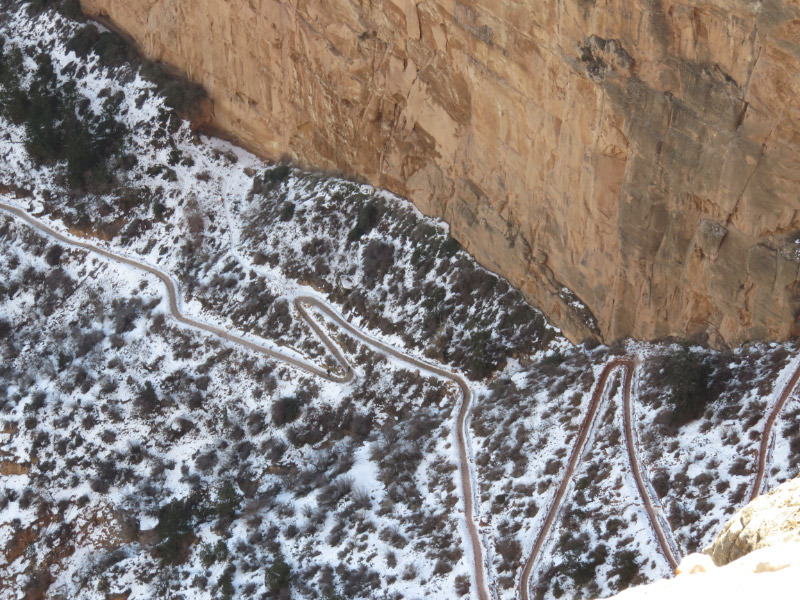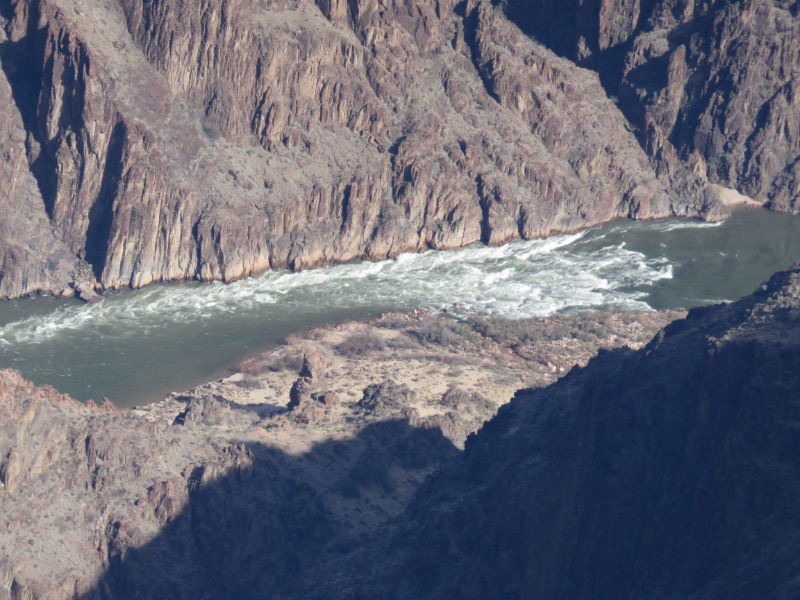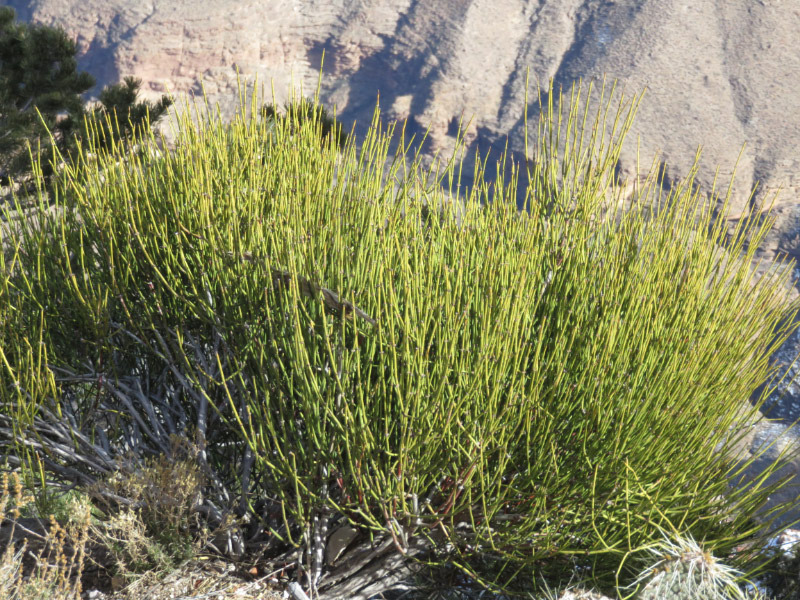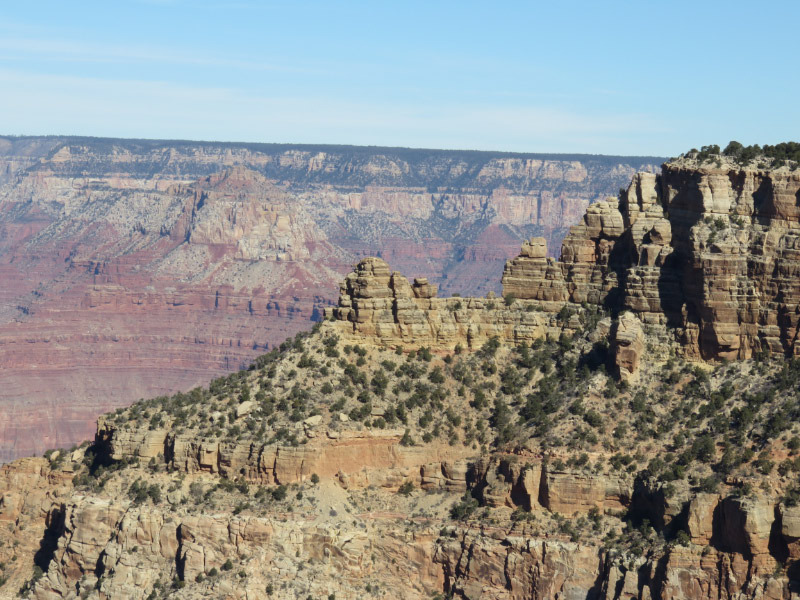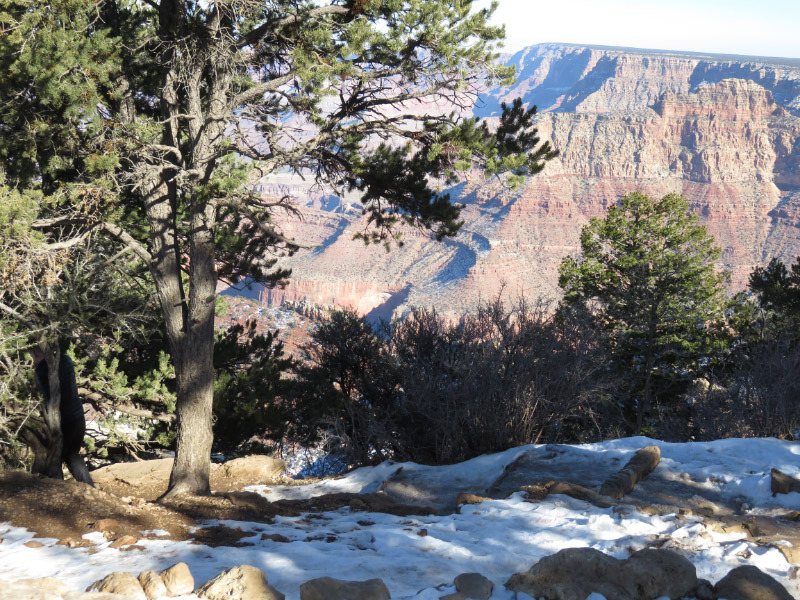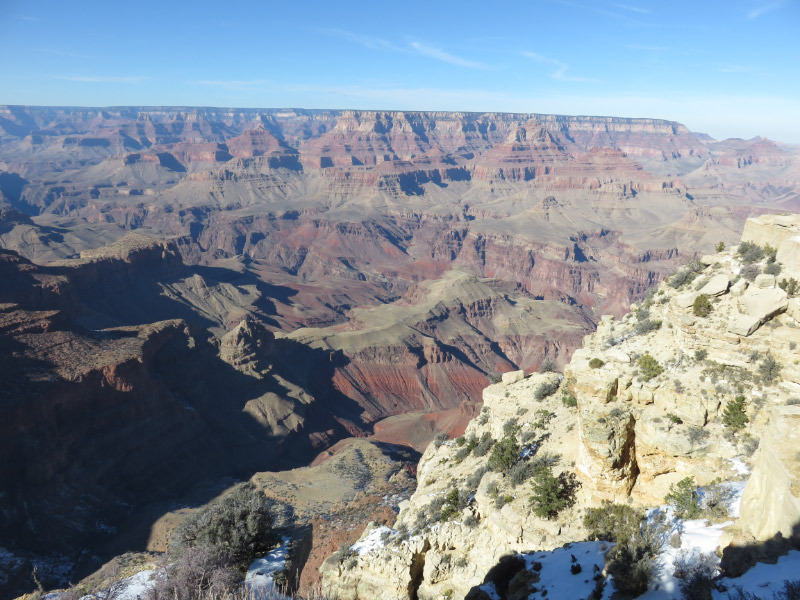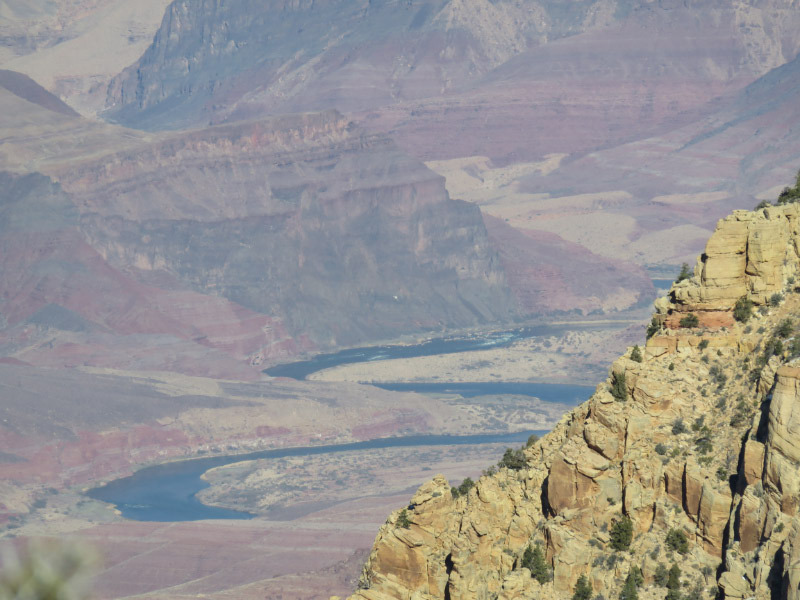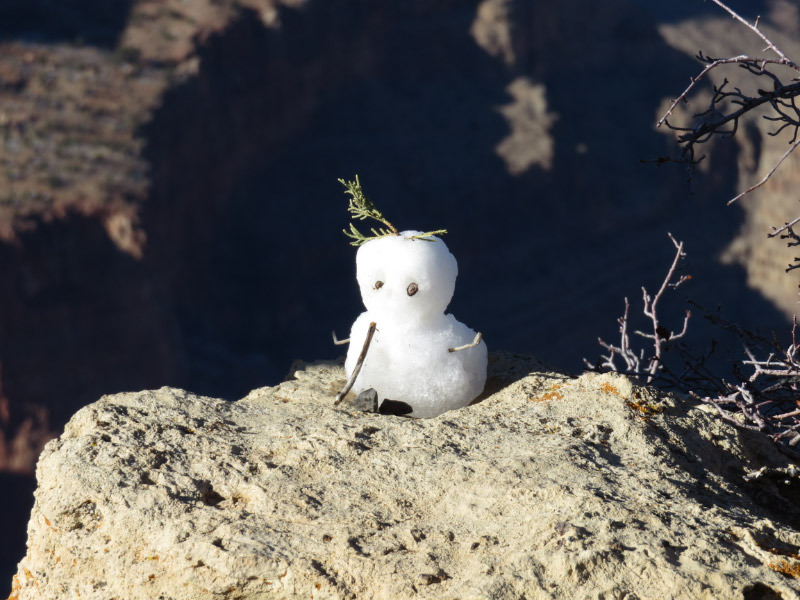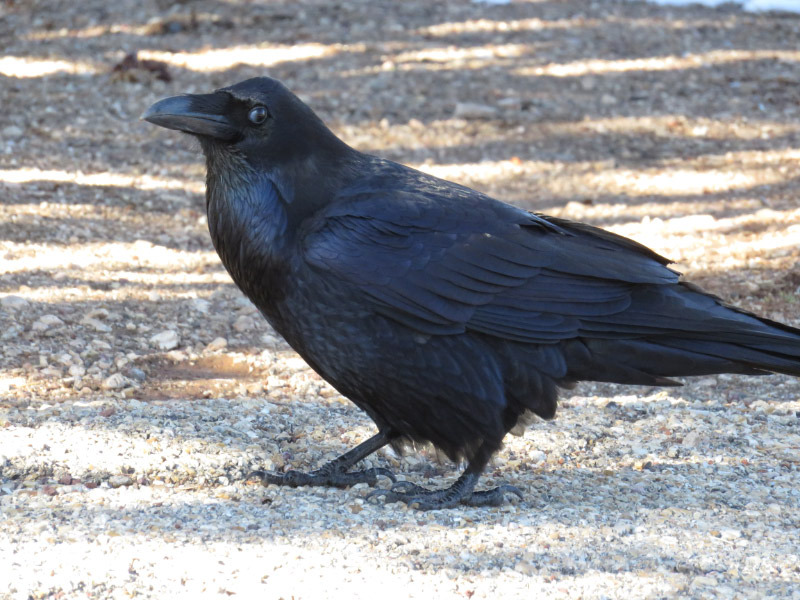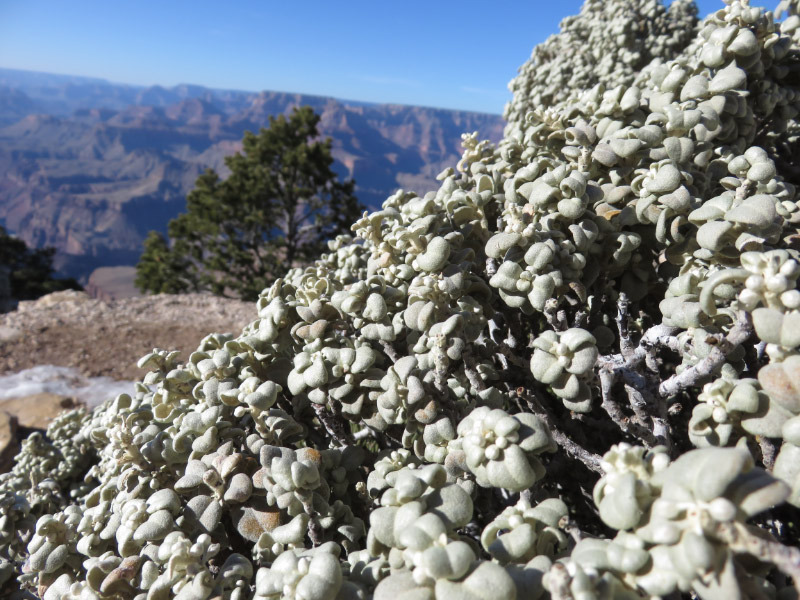Nature Photography through a Window
/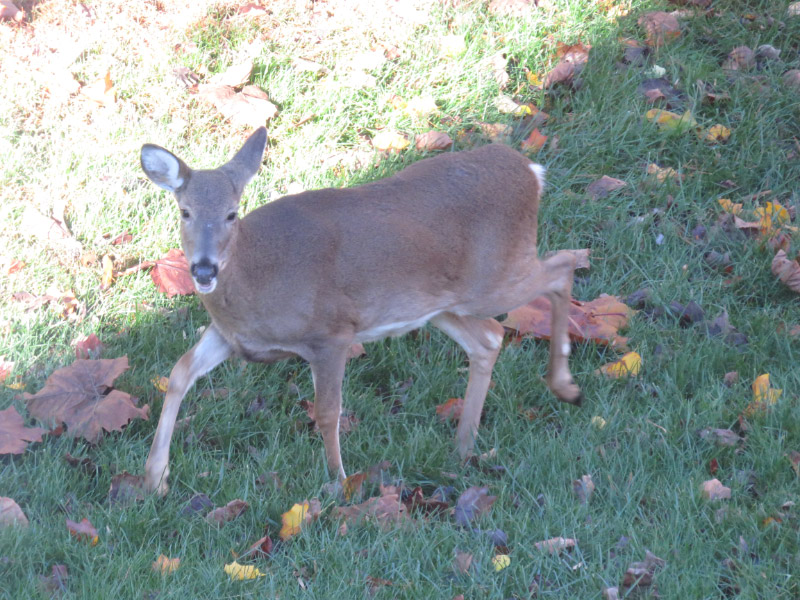
My office window provides a great vantage point of our back yard and I’ve cleaned it so that sometimes I can get good pictures just steps way from where I write this blog. The deer wonder through
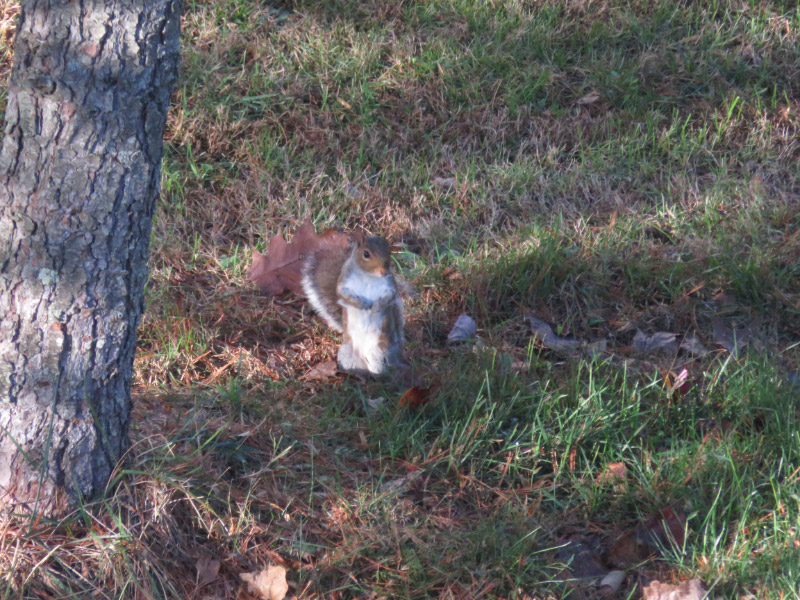
And the squirrels are active in the yard.

They climb up the sycamore or the steps to get to the deck if I have seed in a bowl in addition to the squirrel-proof feeder. It is surprising how fast they discover the seed in the bowl!
But I enjoy trying to capture images of birds. There have been some successes this past month. The dove sat for a very long time on the roof of our covered deck that is visible from my window. It was cold day but that was a sunny spot.
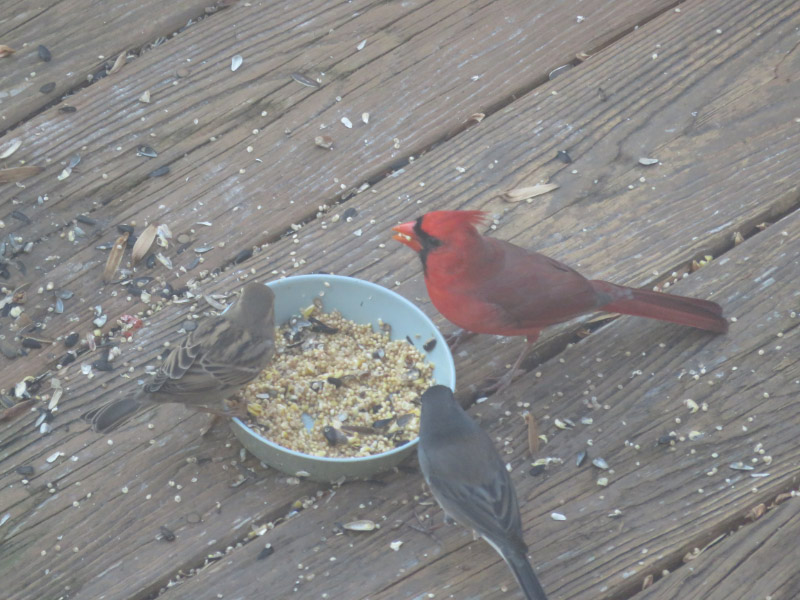
The cardinal sometimes shares the seed bowl with others…and sometimes chases them away but he doesn’t stay long so the others get their share.

The female cardinal seems to need water more often than seed!

The titmice come as a pair.
The blue jays sometimes come from water but they often move so fast that there is not time to even get the camera turned on. This one sat for a few more seconds than usual!



